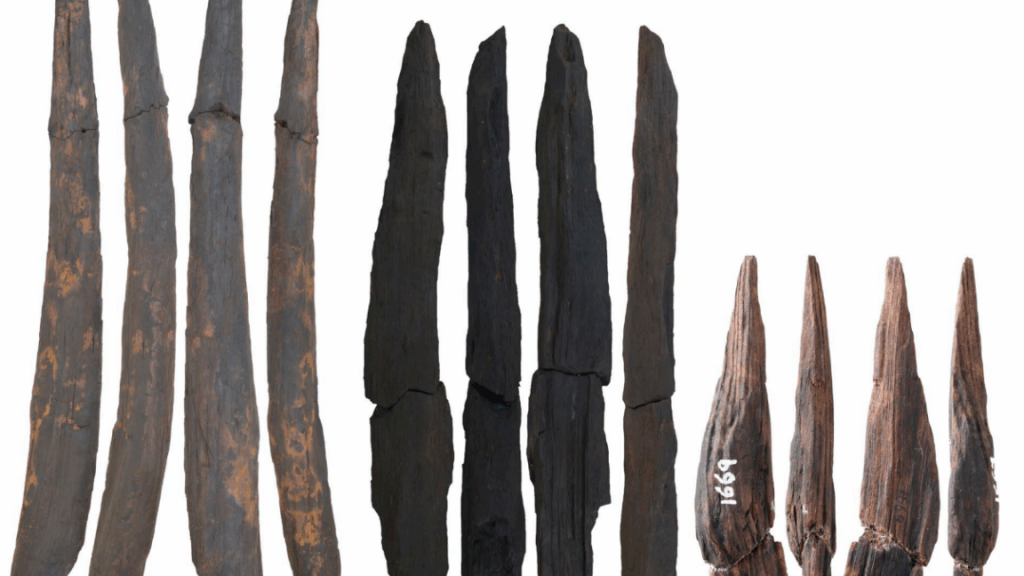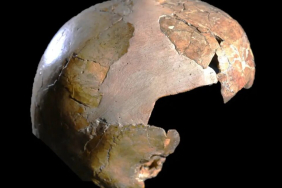A recent discovery in Gantangqing has raised intriguing questions about the identity of the hunter-gatherers who inhabited the area around 300,000 years ago. Researchers are considering several species as potential candidates, including Denisovans, Homo heidelbergensis, which is the common ancestor of both Neanderthals and Denisovans, as well as Homo erectus. Unfortunately, the evidence left behind—primarily wooden tools, stone tools, and butchered animal remains—does not include any identifiable bones that would provide a clearer answer.
Homo erectus was present in Asia for over a million years by the time these tools were produced. The earliest known fossils of this species in the region can be traced back to Indonesia, dating approximately 1.8 million years. Additionally, remains found at Zhoukoudian, near Beijing, suggest that Homo erectus persisted in the area until between 700,000 and 200,000 years ago, although debates about the exact age of these findings continue.
This long presence suggests that Homo erectus might have coexisted with the inhabitants of Gantangqing. The stone tools discovered there are simple cores and flakes, which do not exclude Homo erectus as potential makers. However, archaeologists have yet to find evidence of sophisticated wooden tools being created or utilized by this species, despite its known ability to control fire and navigate across vast distances.
Conversely, there is supporting evidence for the presence of Denisovans in the vicinity. A recently unearthed skull from Harbin, China, estimated to be 146,000 years old, shows notable similarities to hominin skulls from various sites in China, dating back to between 300,000 and 200,000 years. The crafting of advanced wooden tools aligns well with what is understood about Denisovan capabilities.
Additionally, Homo heidelbergensis, a direct ancestor of the Denisovans, complicates matters. The transition between Homo heidelbergensis and Denisovans is ambiguous, raising the question of whether these distinctions hold significance. This issue is commonly referred to by paleoanthropologists as the “muddle in the Middle,” corresponding to their overlapping existence in the Middle Pleistocene, thereby placing Homo heidelbergensis among the leading candidates as well.
Unless further evidence is uncovered, such as a distinctive skull or analogous toolkits at sites with identifiable remains, the precise identity of the Gantangqing inhabitants may remain uncertain.
Science, 2023. DOI: 10.1126/science.adr8540 (About DOIs).






